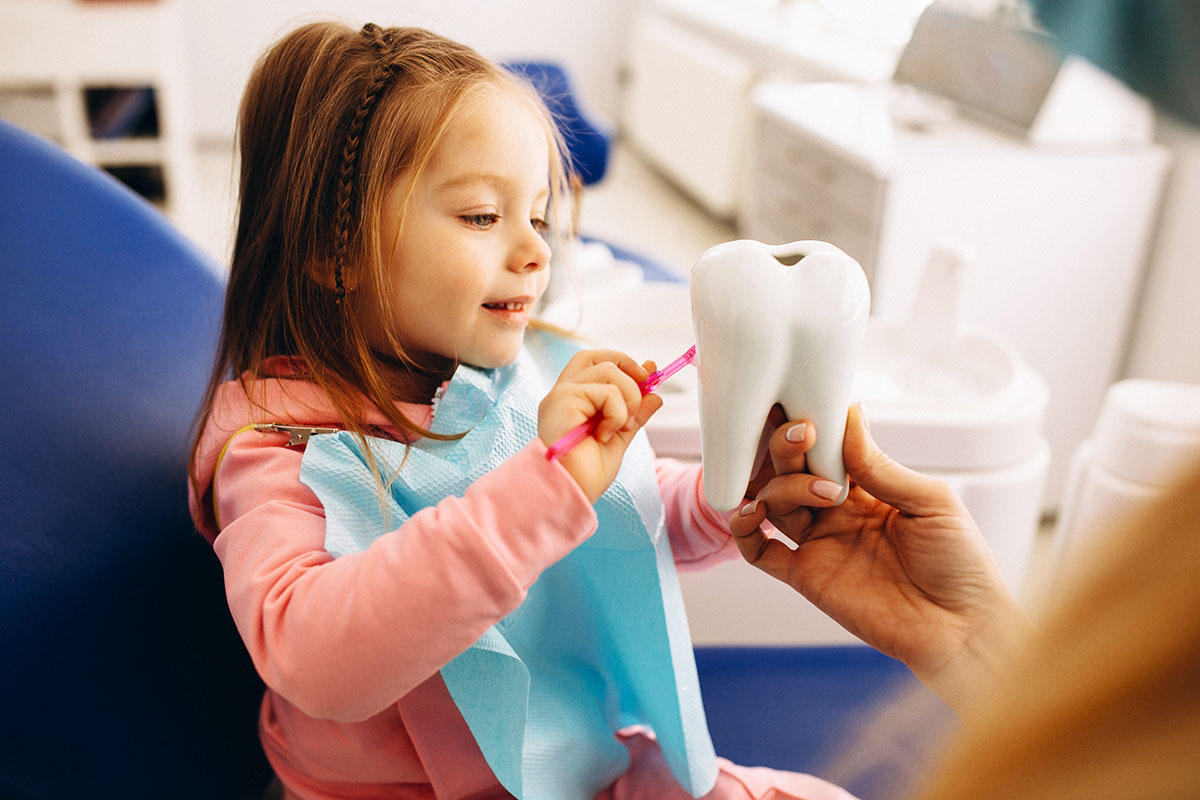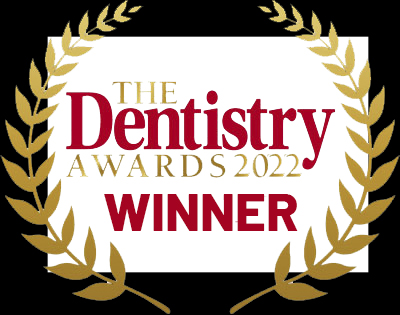Pedodontics at AvrupaDent Hospital: Prioritizing Our Youngest Patients’ Oral Health
Ensuring the oral health of our younger generation requires a specialized touch, understanding, and expertise. Pedodontics, also known as Pediatric Dentistry, stands at the forefront of these efforts, focusing on the unique dental needs and challenges faced by children. At AvrupaDent Hospital, we take pride in our dedicated Pedodontics department, which offers a comprehensive approach to the oral health of kids, from infancy to early adolescence.
What is Pedodontics?
Pedodontics revolves around the preservation and treatment of both primary and permanent teeth in children, specifically those aged between 0 to 13 years. This specialized field addresses issues stemming from cavities, traumas, hereditary factors, and more. Beyond the mere treatment of existing conditions, Pedodontics is deeply intertwined with preventive measures, ensuring that children’s oral health remains robust throughout their developmental years.
Meet Our Pedodontists: Your Child’s Dental Guardian
Becoming a pedodontist isn’t just about mastering dental procedures. It involves a deep understanding of child psychology, their growth patterns, and the distinct challenges presented by the evolving oral landscape of a child. A pedodontist, or pediatric dentist, is an individual who, after their initial 5-year dental training, undergoes specialized training focusing on child psychology, growth, development, and dental challenges specific to children. These specialists, available at AvrupaDent, are skilled not only in treating dental issues but also in building trust and comfort with their young patients.
At AvrupaDent Hospital, we believe in creating a foundation for lifelong oral health. Trust our pedodontic experts to guide your child’s smile through its most formative years, ensuring a radiant future.










